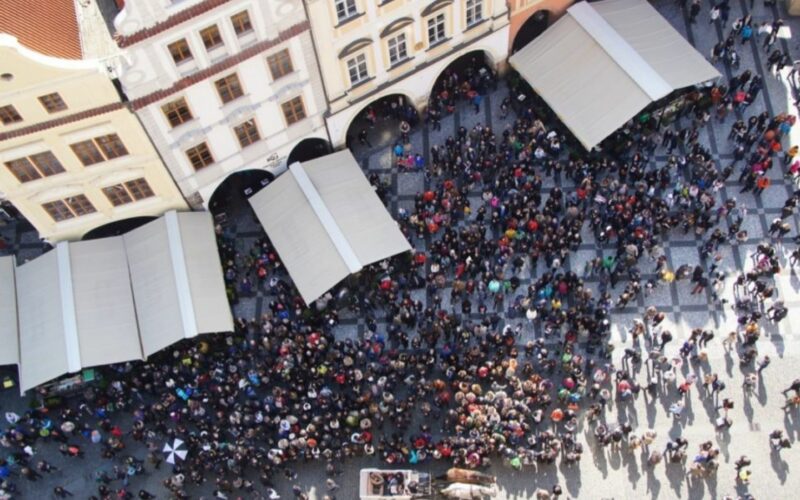On the eve of Czechoslovakia’s split, the population of Prague was reported to be around 1.2 million. In 2021, three decades later, the population remained about the same, at 1.28 million.
Could that mean the global growth in population is not affecting Czechia’s capital?
According to the Prague Institute of Planning and Development, it is estimated to be quite the opposite in the long term. Instead of stagnation as witnessed in the past thirty years, the next thirty will see a significant increase in the number of Prague inhabitants.
By 2050, the population is expected to increase to 1.7 million, with about 400,000 more residents. In relation to other European cities, Prague’s growth has been considered to be ‘above-average’ in recent years, and the most progressive out of all the former Eastern bloc cities.
“Future development will be influenced primarily by population migration, which applies to cities in general. Every year, nine thousand more people move to Prague than leave. In addition, two and a half thousand more children are born in Prague every year than people that pass away,” said Marek Vácha, spokesperson for the Institute of Planning and Development (IPR)
Despite worries regarding global overpopulation given that the world has tripled in size since 1950, IPR emphasizes that this should not be a focus of concern for locals and foreigners alike here in Prague. The city is essentially built to sustain such an upsurge, given the proper infrastructure and development enabled to complement it.
“Prague‘s population growth in recent years has mainly been due to foreign migration. Without immigration by foreigners, the total population of the capital would be declining or stagnant.”
The amount of foreigners in Prague has tripled since 2001, and the number of non-Czech citizens residing in the city is almost 20%. A substantial reason for this is the war in Ukraine, in which over 300,000 Ukrainians fled to Czechia, the majority of them coming to Prague.
Another common nationality found to be migrating to Prague is Americans. In 2016 there were only 4,000 living here, now there are estimates reported to be over 10,000. Others of course also included bordering countries such as Germans, Slovaks, and Poles.
Furthermore, another IPR report states that “in recent years, there has been a significant increase in the number of foreigners from relatively poorer EU countries with higher unemployment rates” from Bulgaria, Romania, Greece and other EU member states.
What poses a problem, according to IPR, is the threat of an aging population: “Despite growth in recent years, it is still evident that total fertility rates are still below the pan-European average and below the level of simple reproduction,”
However, due to immigration, Prague has a relatively younger population compared to the national average. In 2020, the average age in Prague was 42.0, while it was 42.6 in Czechia. While it is likely that the country’s demographic will continue to age slightly year by year, Prague’s rapid population growth will slow down this inevitable aging population.
-
NEWSLETTER
Subscribe for our daily news




